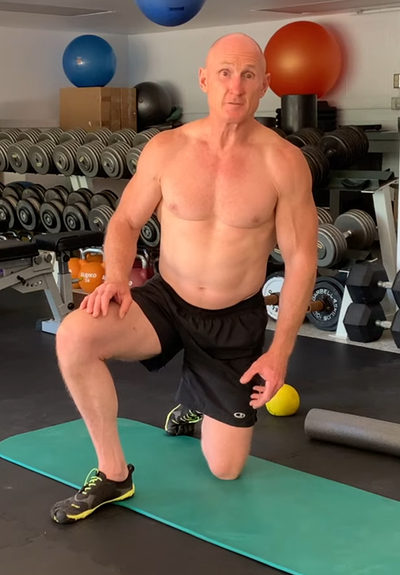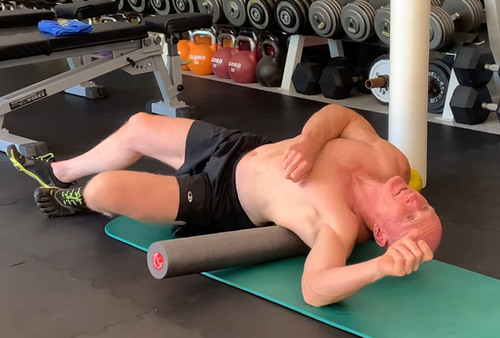An Introduction to Infant Development Exercises
 Happy Wednesday to all of you!
Happy Wednesday to all of you!
For a very long time, I’ve shared few details about infant development exercises (they’re taught in the Integrated Movement Science and Holistic Lifestyle Coach (HLC) Level 3 programs).
The reason why: When infant development exercises are performed incorrectly, they “program” your body to move incorrectly which makes it very hard (and potentially impossible) for even a skilled therapist to correct faulty motor patterns.
Infant development is however, very, very important because it’s the foundation of how we move as infants to integrate our musculoskeletal system with our glands, organs, brain and the rest of our nervous system. In effect, this foundation integrates the psyche and body together, which is absolutely critical.
Remember, it takes about three months for an infant to control its arms and legs because its neural coding is just developing.
You’ll know this is the case when you see babies moving all over the place because their electrical impulses are going through the nerves and getting sucked out into the surrounding fluids, thus creating chaotic coordination in the other muscles.
For example, if I flex my elbow, my biceps turn on and that same impulse can end up in the triceps too, creating some confusion.
We’re designed by nature as infants that way so we have to use our core to move naturally, spontaneously and constantly toward colorful and shiny new objects (just like we do as adults!).
Six extremities
Infants have six extremities:
- The head
- The tail
- The dominant arm
- The subdominant arm
- The dominant leg
- The subdominant leg
An infant must learn to master the use of its core, and not only for integration purposes. The core is the foundation from which stability for the arms and legs emanates in any functional movement pattern where you’re standing on both feet, such as running, jumping, skipping, throwing or martial arts.
Nearly all sports or functional activities that we would have done to survive in nature are done on your own two feet.
An infant’s nervous system focuses on core activation, which helps clarify differences between the front and back, its body above and below the belly button and its right and left sides.
The infant development process integrates front-back, left-right and top-bottom so the body can move as an integrated system.
Infants don’t get up out of bed and start crawling around. They use what’s called serpentine movements to move around, not unlike sperm, tadpoles, inchworms or snakes.
These serpentine movements are woven into us. In actuality, we really are recapitulations of everything before us in nature. Everything’s inside of us and it builds on itself organically.
Serpentine movements are very important because they pump fluids through the body, and that’s critical in areas like the spinal discs that don’t have a direct blood supply.

They’re fed by a process called diffusion, a technical word for pumping. So, when our bodies walk, run or jump, there are pressure fluctuations through the discs and vertebral end plates. These pressure fluctuations drive osmosis and diffusion, which bring nutrition and fluids in and push waste out.
If we lose the serpentine movement in our spine, motor segments (such as joint complexes) start getting locked up. That starts desiccating or dehydrating discs and breaking the cartilage down because it’s not getting enough movement, which leads to premature, degenerative changes in the spine and extremities.
This is just the beginning of a much longer and detailed vlog where I get into how the Chakra system affects infant development movements. Also, I’ll show you a couple of exercises you can perform on your own to assess your own serpentine movements, find how you may have lost some natural functionality and learn some very simple and effective ways to restore it.
Love and chi,
Paul














Find me on the web